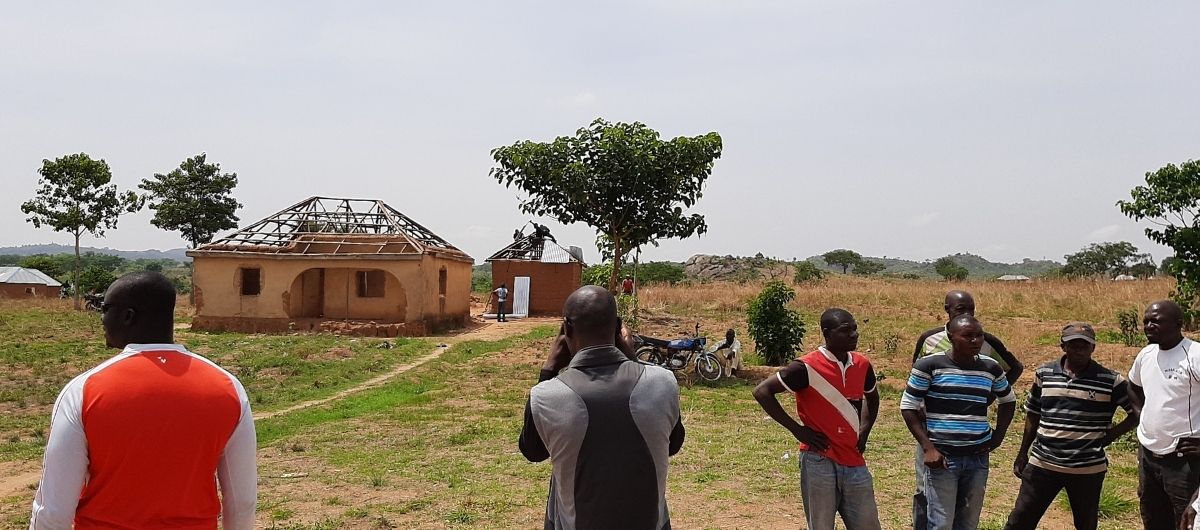
Imagine a world where every human rights violation is captured on camera, where the truth cannot be hidden, and where justice is served. Human rights video documentation has revolutionized the way we fight for justice and hold accountable those who violate the fundamental rights of individuals.
Understanding Human Rights Video Documentation
Human rights video documentation refers to the act of recording incidents, events, or situations that involve human rights abuses or violations. It serves as a powerful tool to expose the truth, amplify the voices of the oppressed, and advocate for change. By capturing these events on camera, we create an irrefutable record of the violation and provide evidence that can be used in legal proceedings, advocacy campaigns, and public awareness initiatives.
The Power of Visual Evidence
Visual evidence has a profound impact on our understanding of human rights violations. It brings the reality of these abuses to life, making them impossible to ignore or dismiss. Videos have the power to elicit strong emotions, evoke empathy, and mobilize action. They provide a window into the experiences of those affected, allowing us to see and feel the injustice firsthand.
Ensuring Accountability and Justice
Human rights video documentation plays a crucial role in ensuring accountability and justice. It serves as a tool to hold perpetrators accountable for their actions and seek justice for the victims. By capturing the evidence on camera, we create a record that can be presented in courts of law, tribunals, and international human rights bodies. This visual evidence strengthens the case against the perpetrators and increases the chances of securing justice for the victims.
Amplifying Voices and Raising Awareness
In addition to its legal and accountability functions, human rights video documentation is a powerful advocacy tool. It amplifies the voices of the oppressed, giving them a platform to share their stories and demand justice. These videos can be shared on social media, news outlets, and human rights organizations’ platforms, reaching a global audience and raising awareness about the human rights violations occurring around the world.
The Challenges and Ethical Considerations
While human rights video documentation has immense potential, it also comes with challenges and ethical considerations. The safety and consent of the individuals being filmed must be prioritized, and their identities should be protected to prevent further harm. Moreover, the dissemination of graphic or sensitive content requires careful handling to avoid retraumatizing victims or violating their privacy.
Conclusion
Human rights video documentation is a powerful tool in the fight for justice and accountability. It captures the reality of human rights violations, ensures accountability for perpetrators, amplifies the voices of the oppressed, and raises awareness about these critical issues. As we continue to advance technologically, it is essential to utilize this tool responsibly and ethically to create a more just and equitable world.




